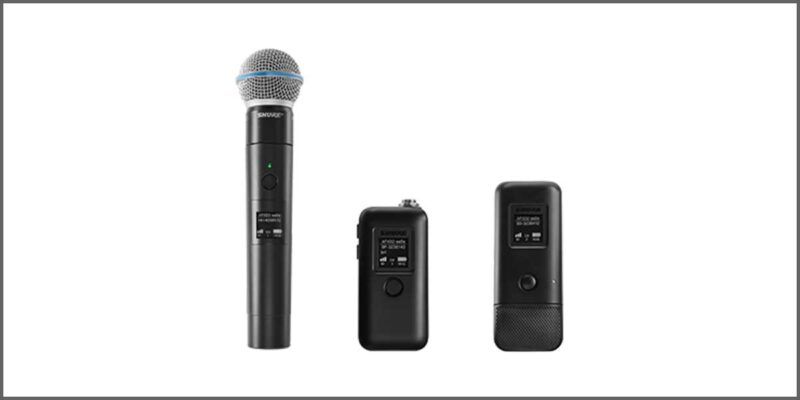Better Products vs. Better Product Positioning
 What’s more important: building a better mousetrap or simply solving the problem of mice in the house? Your answer depends on your perspective. The people living in the house simply want to not have mice in their home. The people selling the mousetrap want you to buy their newer, better mousetrap.
What’s more important: building a better mousetrap or simply solving the problem of mice in the house? Your answer depends on your perspective. The people living in the house simply want to not have mice in their home. The people selling the mousetrap want you to buy their newer, better mousetrap.
So, who’s correct? If I have to prioritize one over the other, it will always be with the home owner. Why? Because their need drives the purchase decision.
This may seem like circular logic, where there really is no ‘right’ answer. I have a saying that fits here:
The client isn’t always right, but never make them wrong.
Innovation, Improvement, blah, blah, blah…
There may very be a valid reason to innovate and create a more advanced mouse trap with built-in spring and clamp redundancy and Wi-Fi push notifications to alert the owner when the trap has been sprung. Heck, for a small percent of the general populace, there may be a market for a $200 mouse trap. But what about a simple mouse trap that just works and sells for 99 cents? That’s a more likely candidate for most home owners.
We see this kind of thinking all the time at trade shows like InfoComm, AES, NAB, and LDI: the latest and greatest technology that has a zillion new features and a slew of benefits for those fortunate enough to be the first to market with the new must-have technology. As a professional geek, I really, really like these trade shows and seeing innovative leaps in technology. I do. But what I’ve found is that the rat race of ‘better, faster, smaller, cheaper’ is often a race to the bottom.
Features and benefits for the sake of ‘because we could build it’ are largely a splash in the pan compared to the products that endure. The SM58. The Source Four. The Humbucker. These legendary products may have been eclipsed by better technology but the reputation for simply working, day in and day out, have made these perennial sellers.
Here’s the important realization for you, the manufacturer, rep firm, dealer or systems integrator: When someone buys an SM58, they’re buying based on historical performance and their own confidence in the product. But — and here’s the important part — they’re also likely to look at Shure for other mics because of this experience. This is not about the company I’m using in this example; it’s about understanding that when you can position a product based on tremendous success and share a history of stories of shared experiences, this easily understood value proposition of the product becomes your best chance at better product positioning.
Some may point out that even Shure upped the ante when they introduced the Beta58… but don’t miss the fact that they still sell the SM58 in droves, even when a newer, better product exists.
Even if you make a better product, you’re likely to be more successful with better product positioning.
What Better Product Positioning Is Not
I often wonder what the marketing folks at certain companies are thinking when I see their product ads in house of worship magazines, websites or blogs. It’s as if some firms don’t want to focus on the product as a solution, but instead on patronizing verbiage about the venue.
“Let In The Light.”
“Heavenly Sound.”
“Hear the Angels Sing.”
“Let there be Light for Less.”
Really? Selling an idealized concept in a patronizing way isn’t likely to generate quality leads. I’m just sayin’.
Product positioning may well relate to how the user can experience it, but identifying the context of their felt need should always be the purpose of product advertising.
What would happen if you looked at your sales data of products sold to churches and found a few products that sell into a broad cross section of this vertical market? I’d submit that you’d likely want to find a way to promote those products more aggressively in your advertising and communications with buyers in the house of worship market. Now consider how you’d position the top three things about those products. If my hunch is right, you likely just thought of three features. Instead, ask yourself why churches continue to buy these products. Better yet, ask them. Use that same database to solicit feedback. Incentivize them if it helps, but I’ve found that churches are quick and willing to share feedback when asked because so few people do actually ask them for their experiences and opinions!
Marketing Truth
Interestingly, when the value proposition for a product is both clearly defined and fits snugly within the felt needs of churches, the best advertising isn’t hype — it’s truth. If I was consulting with ETC, I’d be telling them to focus advertising on the original Source Four, promoting how many churches have used it for years and then introduce the rest of their Source Four family in the rest of the ad. Why? Because everyone in the church tech space knows about and has experience with the Source Four. By leaning into that shared positive experience, it lends credibility and assumed performance from the rest of the product line.
Most brands have at least one product or family of products that have had rock solid stability and earned the respect and favor of some portion of this vertical market. This is the building block for leveraging your positive brand sentiment in expanding their awareness and, hopefully, use of your newer, better products.
You may have built a better mousetrap. But have you marketed it based on something other than the newest features and benefits? The church market is listening.
What is more important to you – building better products or better product positioning? Comment below.





